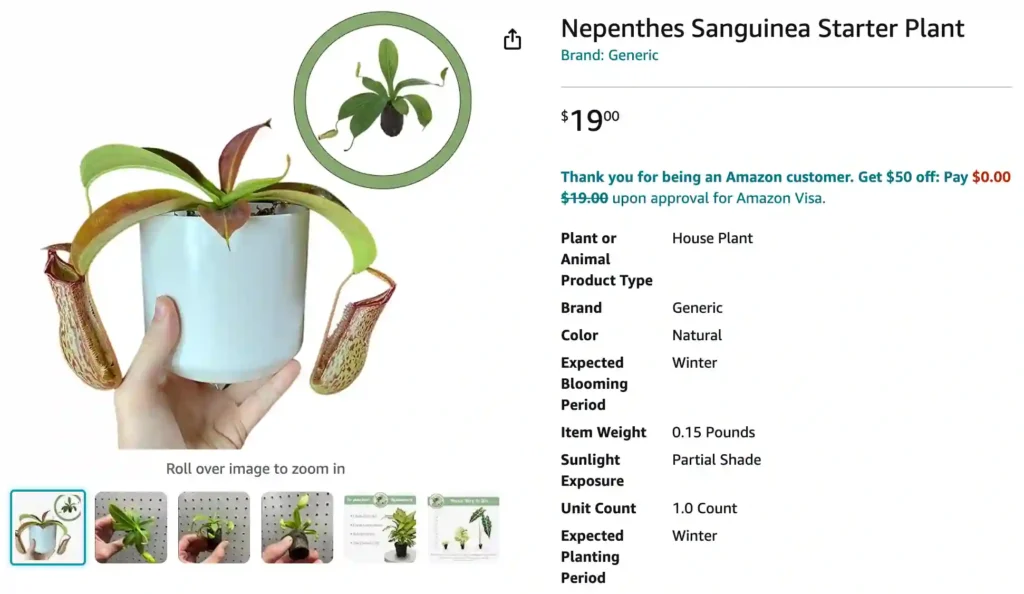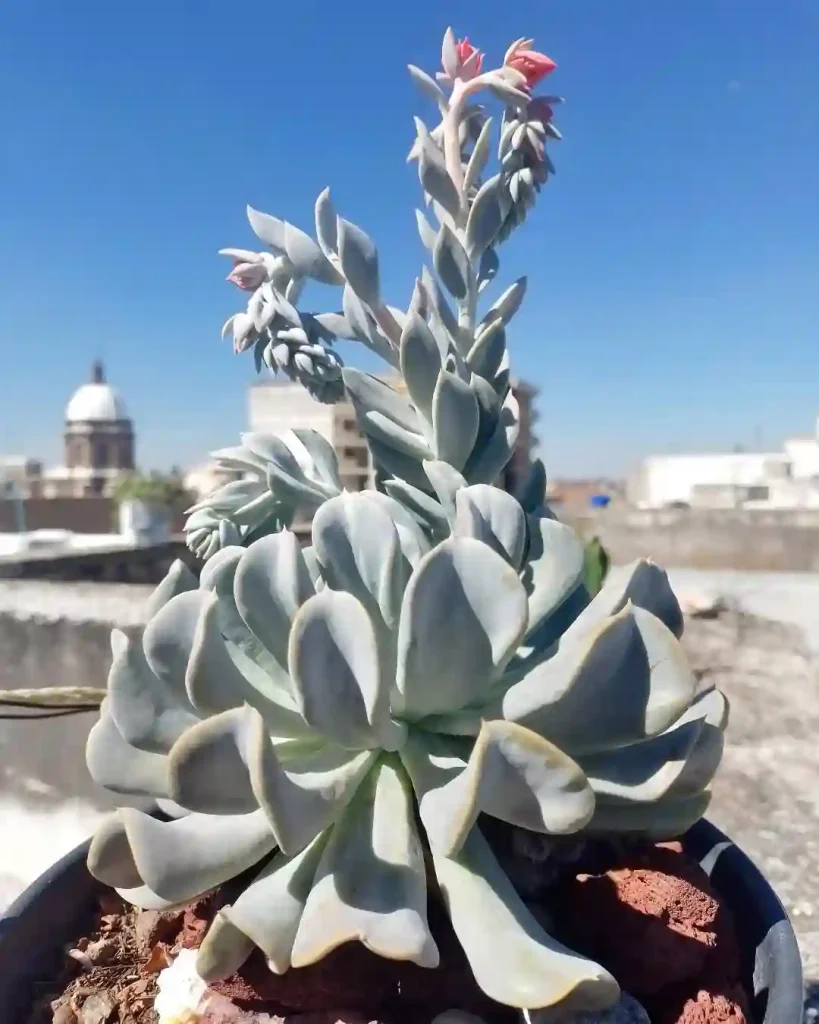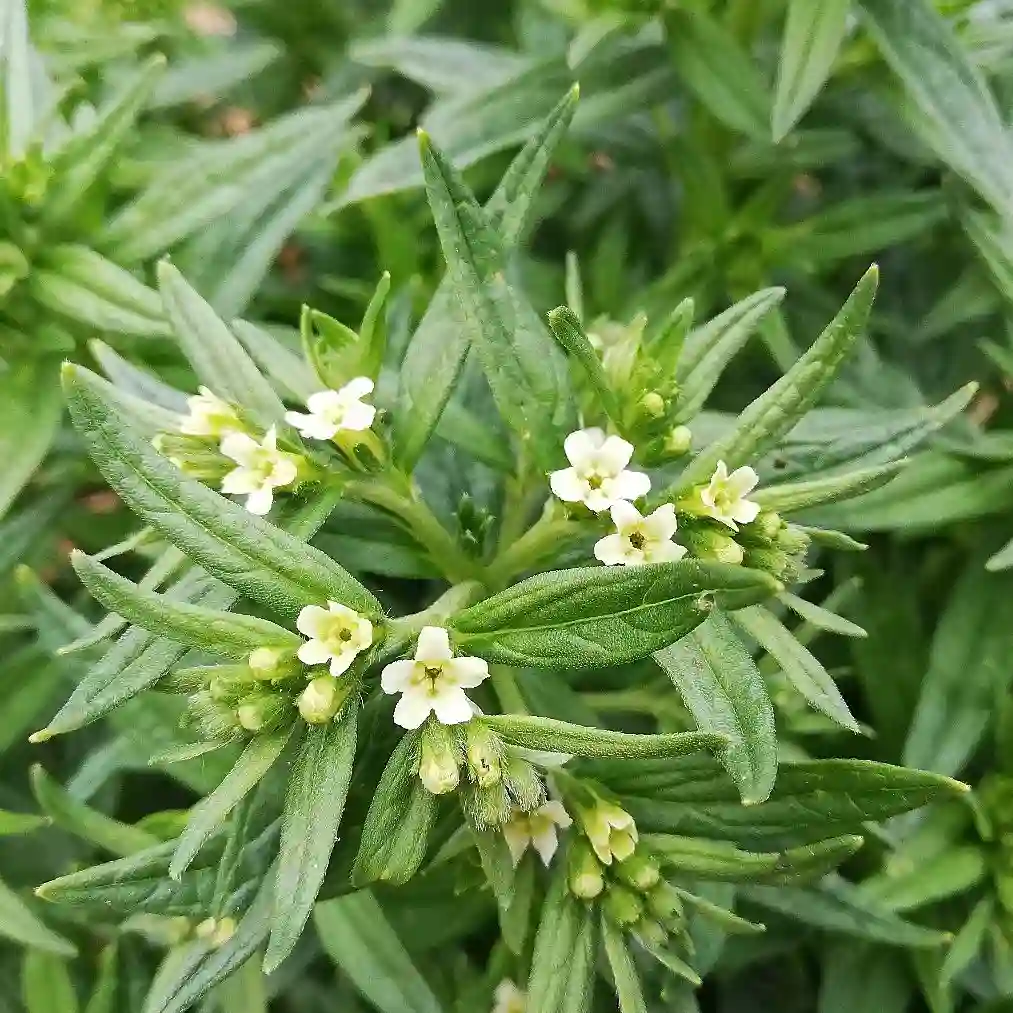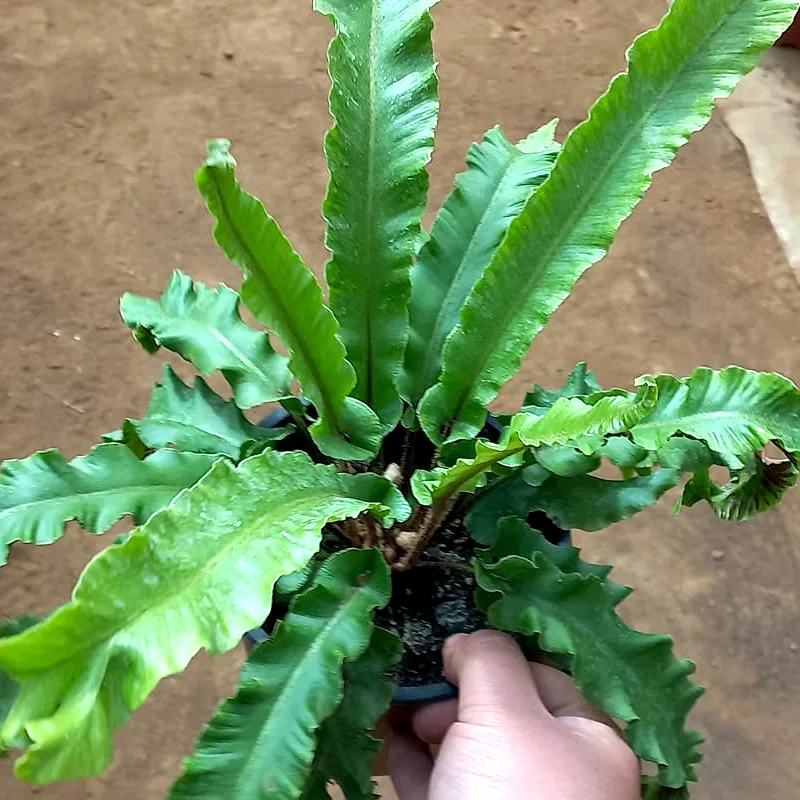
The Allure of the Blood Pouch: My Adventures with Nepenthes Sanguinea
As a lover of all things unusual, I was immediately captivated by the Nepenthes sanguinea. This carnivorous pitcher plant, with its vibrantly colored traps resembling blood pouches, isn’t your average houseplant. It thrives on a unique diet and demands specific care, making it a fascinating challenge for curious gardeners like myself. Over the years, I’ve cultivated a thriving Nepenthes sanguinea, and I’m here to share my experiences and the knowledge I’ve gleaned.
Plant Family: Nepenthaceae – 207 Species in Genus Nepenthes
What is Nepenthes Sanguinea?
Nepenthes sanguinea, also known as the Bloody Pouch or the Monkey Cup, hails from the tropical rainforests of Borneo. It’s an epiphytic vine, meaning it grows happily on other plants or structures for support. This climbing wonder boasts spectacular deep red to maroon colored pitchers that function as insect traps. The vibrant color is thought to attract prey, while a sugary nectar lining the rim further entices unsuspecting insects. Once a hapless creature tumbles in, digestive enzymes break it down, providing the plant with essential nutrients it can’t obtain from the soil.
How Large Does Nepenthes Sanguinea Get?
Nepenthes sanguinea is a moderately sized climber. In ideal conditions, it can reach a length of 6 to 10 feet. However, its growth rate is relatively slow, with vines typically adding a few inches per year. The size of the pitchers can vary depending on the age and health of the plant. Young plants might have pitchers only an inch or two tall, while mature specimens can boast pitchers exceeding 4 inches in height.
How to Care for Nepenthes Sanguinea?
Nepenthes sanguinea thrives in a warm, humid environment that mimics its native rainforest habitat. Here are some key aspects to consider:
- Light: This plant prefers bright, indirect sunlight. Avoid harsh afternoon sun, which can scorch the leaves. A south-facing window with sheer curtains or a location under grow lights can be ideal.
- Temperature: Aim for consistent warmth between 65°F and 85°F (18°C – 29°C). Avoid sudden temperature fluctuations and protect the plant from drafts.
- Humidity: Nepenthes sanguinea requires high humidity levels, ideally above 70%. Grouping plants together, using a pebble tray filled with water, or employing a humidifier can help achieve this.
- Watering: Use only distilled, rainwater, or reverse osmosis water to avoid mineral build-up. The potting medium should be kept consistently moist, but not soggy. Water deeply when the top inch of the medium feels dry.
- Feeding: While the plant obtains nutrients from its insect prey, occasional “feeding” with a diluted orchid fertilizer or crushed bloodworms can be beneficial. However, avoid overdoing it, as this can harm the plant.
- Potting Mix: A well-aerated potting mix is crucial. A common option is a mixture of 3 parts long-fiber sphagnum moss and 1 part perlite or orchid bark.
What Do You Feed a Nepenthes Sanguinea Plant?
Nepenthes sanguinea is a true carnivore and thrives on a diet of insects. In its natural habitat, it captures prey like ants, flies, and even small roaches. While you won’t likely have a steady stream of these insects indoors, you can provide occasional treats. Here are some options:
- Freeze-dried bloodworms: These are readily available at pet stores and a convenient way to supplement the plant’s diet. Soak a single bloodworm in distilled water for a few minutes before placing it in the pitcher.
- Gnat traps: If you find yourself battling fungus gnats, you can strategically place gnat traps near your Nepenthes sanguinea. The trapped gnats can then become a natural food source.
- Outdoor feeding: If you live in a climate suitable for the plant, you can take it outdoors for a supervised “hunting session” during bug season. Just make sure there are no harmful pesticides used in the nearby area.
Remember, moderation is key when feeding your Nepenthes sanguinea. Overfeeding can disrupt the natural balance within the pitchers and lead to rot.
When Should I Repot My Nepenthes Sanguinea?
Repotting your Nepenthes sanguinea is typically only necessary every 2-3 years, or when the plant outgrows its current pot. Signs that a repot might be needed include roots circling the pot or the potting medium breaking down and becoming compacted.
If i die, water my plants!



